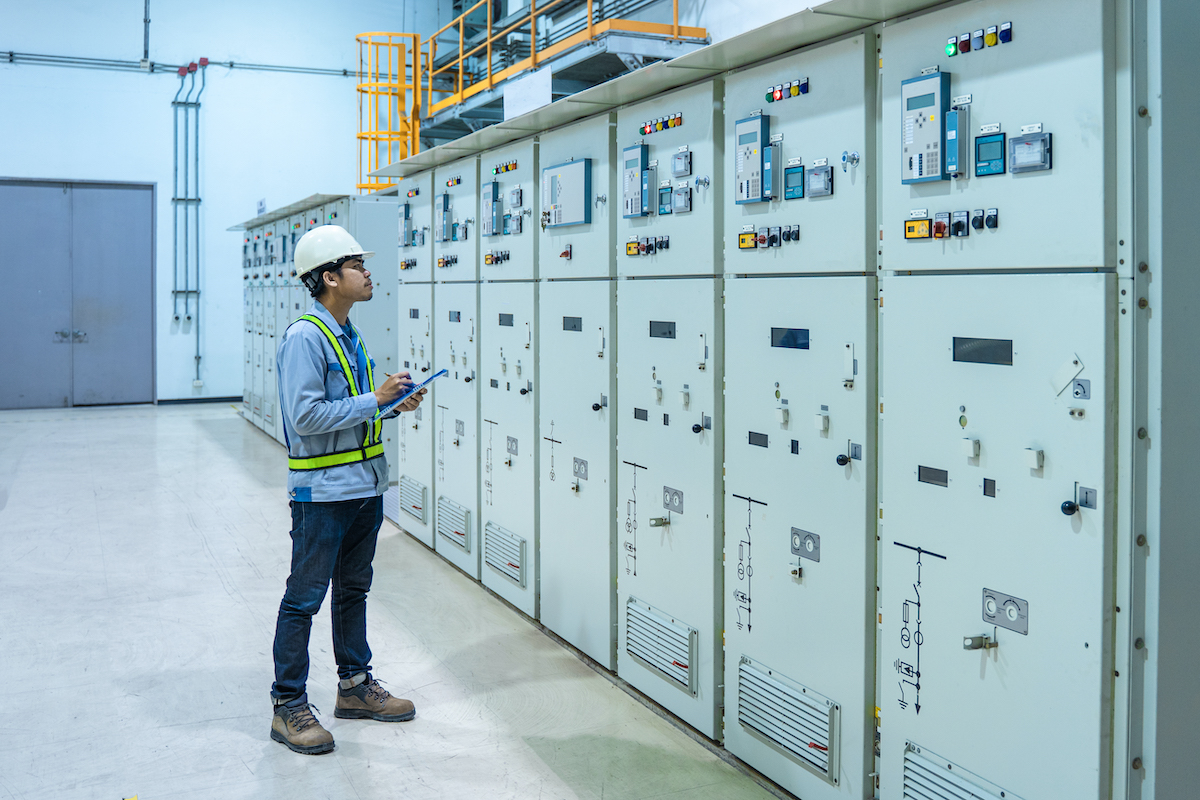Values and Challenges of SCADA Systems for Outside-the-Fence Applications
Implementing supervisory control and data acquisition (SCADA) systems for outside-the-fence applications is gaining popularity among industries where assets are sprawled across a large geographic area. SCADA systems, however, were initially developed and optimized for inside-the-fence applications. In such setups, machinery and infrastructure are typically co-located or within short reach of a field office or central command center.
In the Industrial Internet of Things (IIoT), SCADA systems are essential for data collection, data fusion and analytics, and automating industrial processes. This is particularly true when assets are dispersed and situated in remote locations. Adopting SCADA technology for manufacturing plants without making sufficient adaptations for sprawling physical infrastructure will likely result in significant challenges for operators.
This article reviews the value of SCADA systems for automation and asset monitoring, other SCADA problems and addresses the key technological and economic challenges associated with SCADA systems in outside-the-fence applications.
The Value of SCADA Systems
SCADA systems are prime enablers of industrial automation and have been for decades. Their usefulness has been proven in manufacturing plants, oil refineries, and other environments where the SCADA host platform is co-located with the physical machinery and processes that it monitors and controls. While it’s not unusual that such operators have assets outside of the confines of central facilities and complexes, such remote assets have historically not often been integrated with SCADA systems owning to the technical and logistical difficulties that such integrations traditionally entailed.
However, there are significant benefits to be realized when integrating SCADA systems with infrastructure situated in remote locations. Without continuous monitoring solutions, operators with dispersed assets have zero visibility on a real-time or even consistent basis about the health of such equipment. With SCADA systems and data analytics platforms, operators can work proactively to maintain their networks rather than respond only after an issue has already presented itself. SCADA systems also offer robust and reliable capabilities for continuous and near-real-time monitoring and automation in remote locations.
For both inside- and outside-the-fence applications, SCADA systems provide a variety of benefits for operators. These include increased information throughput, mitigation of safety risks, reduced down-time (RDT), and the ability to extract insights for long-term value creation and asset optimization, including predictive maintenance. Additionally, SCADA systems offer reliability and stability unmatched by competing solutions for industrial control.
Challenges of SCADA for New Applications
SCADA systems are rapidly being adopted for monitoring and industrial automation for outside-the-fence applications. The adoption has been particularly strong in the areas of water, wastewater, electric power, and natural gas. Naturally, there have been challenges during this period. Operators using outside-the-fence monitoring face challenges that inside-the-fence applications simply do not. More about Challenges and Opportunities in the Water Industry.
Examples of SCADA Problems
For example, power and communications are both significant limitations when connecting remote assets to SCADA systems. When implemented in a manufacturing plant, all inputs to a SCADA system have access to a fixed and reliable power supply. By contrast, a programmable logic controller (PLC) or remote telemetry unit (RTU) deployed in a remote location cannot easily be wired to a fixed source of power. Instead, they must usually rely on batteries, which deplete and require periodic replacement. Solar panels can offer redundant supply, but they require maintenance (they become less effective when covered with debris or dust and therefore need to be cleaned periodically). They are also vulnerable to vandalism and theft, particularly when they are installed at street level in urban environments.
Certain sensors are more energy-intensive than others, increasing the challenge posed by obtaining adequate power. More frequent wireless data transmission of larger packet sizes place significant demands on the battery powering the wireless modem of an RTU or PLC. Addressing these technological limitations requires higher energy-density or larger batteries, more frequent battery replacements, or using communication networks with lower energy requirements. All these approaches entail additional cost to the network operator.
Connectivity is another challenge. Telecommunications operators may have strong coverage in some areas, but limited signal in others. Obtaining SIM cards and data plans from multiple carriers to ensure reliable connectivity and verifying which carriers offer reliable network strength at each remote installation location is a difficult and costly undertaking. In addition, network strength can vary considerably based on unpredictable conditions such as weather.
Low-power wide area networks (LPWAN), such as those developed by Sigfox and the LoRA Alliance, show great promise. However, network coverage is still limited, and tight bandwidth limitations dictate the type, amount, and transmission frequency of data over these networks. 2G, 3G, CDMA, LTE cellular, and satellite networks are currently too power intensive to enable fully-autonomous operations for longer durations with frequent data transmission. Future cellular networks (4G and 5G), including NarrowBand IoT (NB-IoT), will offer significantly more power-efficient communications when rolled out in the coming years, but it remains to be seen which specific variant will dominate the market.
An inside-the-fence operator has visibility and autonomy when a local area network (LAN) fails. As the administrator and owner of the network, a plant operator can work swiftly to resolve network issues to minimize downtime. The same cannot be said for outside-the-fence operators relying on third-party wireless networks. When connectivity on cellular and satellite networks fails, a SCADA operator has to rely on the network operator to remedy the situation. Given the much larger extent of their network under management, the response time is naturally slower than what could be offered by a proprietary network operator. In addition, when the downtime is due to defects with the communications infrastructure on the remote assets themselves, they must be repaired in situ, making rectifying the situation far costlier.
Conclusions of values and challenges for SCADA Systems
Despite the challenges of integrating SCADA systems with outside-the-fence applications, their benefits outweigh the challenges. Technologies to resolve the difficulties of integrating remote assets with SCADA systems exist and are being developed on an ongoing basis.
SCADA systems are invaluable tools for monitoring and automation of assets and processes, but challenges exist when attempting to integrate with remote equipment. Obtaining reliable power and communications are two major challenges that must be overcome. Also, you can check Four key challenges for power generation companies.
The article was written by Tal Avrahami, Sr. Product Manager at Ayyeka.




